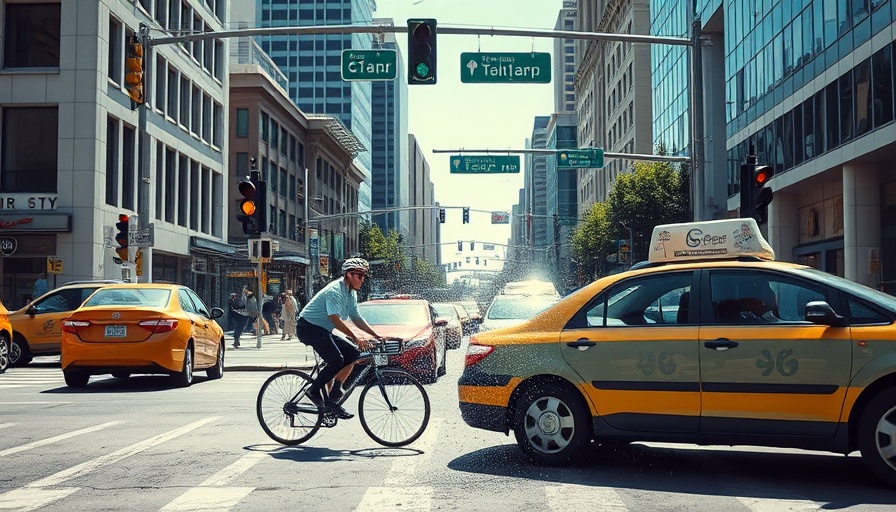
Investing in New York's Working-Class Families
As New York City continues to evolve, the recent Executive Budget proposed by Mayor Eric Adams emphasizes a clear commitment to supporting its working-class citizens. This budget is not merely a financial outline; it reflects a societal contract that aims to safeguard the lives of everyday New Yorkers by investing in essential services and infrastructure.
A Budget That Prioritizes Family Needs
Mayor Adams draws on his personal history to illustrate the importance of family-focused initiatives. He recalls the struggles his mother faced while working multiple jobs to support him and his siblings. This heartfelt testimony forms the backbone of the Fiscal Year 2026 Executive Budget, which earmarks significant funding for child care, education, public safety, and health care—a clear reflection of the city’s commitment to making New York a better place for families.
Diversifying Education and Public Safety
Another notable aspect of this budget is its dedication to education and public safety. It includes funding for hiring more teachers, reducing class sizes, and enhancing educational programs. For instance, new funding initiatives will bolster computer science education and tutoring—ensuring that resources are ample for New York's diverse student population. Meanwhile, the emphasis on public safety seeks to create a secure environment for all, particularly in neighborhoods that have historically faced challenges.
Long-term Goals for Housing
Addressing housing issues is a major priority in the new budget. The plan includes the “Manhattan Plan,” aiming to unlock a remarkable 100,000 homes over the next decade. This initiative not only shows foresight but also signals the administration's commitment to affordable living for working-class families struggling under the weight of rising costs. Such tangible efforts work to revive a sense of community and combat displacement, often seen in New York City.
A Vision for All New Yorkers
Ultimately, Mayor Adams positions this budget as a, "Best Budget Ever," grounded in the principles of equity and support for every New Yorker. By creating a more affordable city and investing in public safety, education, and health care, these measures provide a much-needed lifeline to the struggling members of society. With nearly $1.4 billion allocated to critical programs, the approach aims not just at recovering from financial trials but sets New York City on a path toward a more stable, inclusive future.
 Add Row
Add Row  Add Element
Add Element 



Write A Comment